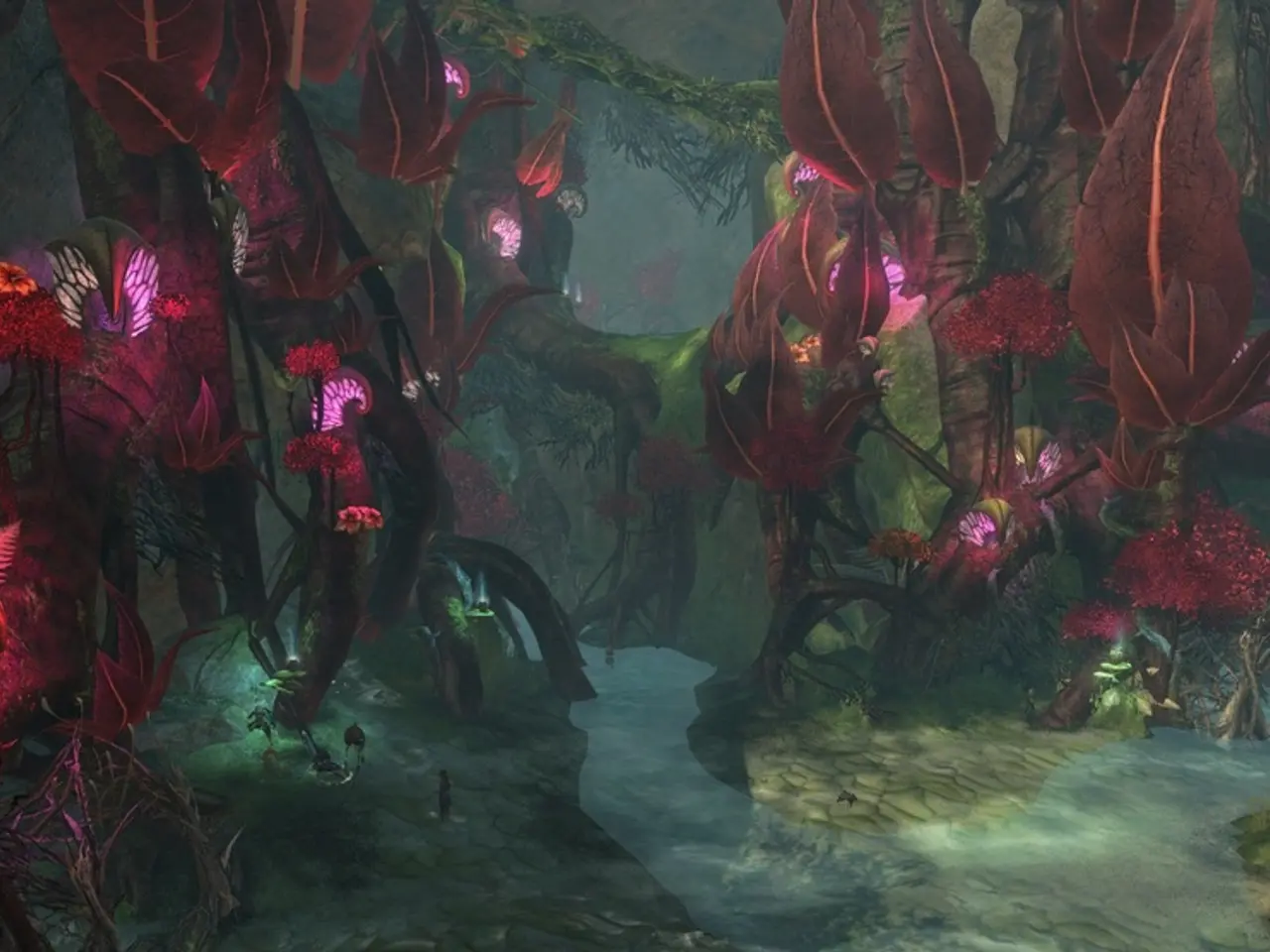Bonsai Watering in Winter: Modifying Watering Routine During Winter Dormancy Period
In the chill of winter, ensuring the right watering schedule for your bonsai trees is crucial to keep them healthy and thriving. A well-structured winter watering routine can strike a balance between providing adequate moisture and avoiding overwatering, a silent killer of bonsai.
To prevent overwatering, monitoring soil moisture levels and adjusting watering frequency accordingly is imperative. During this period, it is vital to lengthen the time between waterings, allowing the soil to dry slightly between each session. Regular soil moisture checks become a vital component of winter bonsai care, enabling enthusiasts to strike a balance between hydration and avoiding waterlogged soil.
Bringing outdoor bonsai trees indoors can provide protection from harsh winds and extreme cold, but only if indoor conditions mirror their outdoor requirements. To safeguard bonsai from harsh winter conditions, create a windbreak using burlap or snow fencing, and insulate the pot with straw or foam to protect the roots from extreme cold temperatures. Maintaining a cool but stable environment (around 45-60°F or 7-15°C) and avoiding placing bonsai near heating vents that cause rapid drying or temperature fluctuations is also essential.
A humidity tray can effectively maintain moisture around bonsai during winter, by increasing the ambient humidity and reducing transpiration. However, cease fertilization during dormancy to reduce stress and focus on water management.
The watering frequency for different bonsai species varies. Deciduous bonsai species should be watered every 4-6 weeks, while evergreen, tropical, flowering, and succulent species require more frequent watering. As a general rule, water only when the top layer of soil feels dry, which often means watering every 2-3 weeks or even less during winter dormancy.
A gentle watering approach is pivotal during the winter months to prevent waterlogged soil and root damage. Using rainwater or snowmelt to water bonsai in winter can be a gentle, nurturing approach, but be cautious of potential contaminants and freezing temperatures.
In summary, reducing watering to a minimal, moisture-monitored routine lasting possibly 2–3 weeks between waterings, ensuring well-draining soil, stabilizing temperature, and maintaining humidity can prevent root rot while accommodating bonsai dormancy. By following these guidelines, bonsai enthusiasts can ensure their miniature trees remain healthy and vibrant throughout the winter months.
Life-style modifications, such as adjusting watering schedules, are crucial for the health and well-being of bonsai trees during winter. To enhance the home-and-garden experience, one should consider implementing a regular soil moisture check routine, paired with appropriate fertilizing for bonsai trees, to manage moisture levels effectively and keep the miniature trees thriving.






